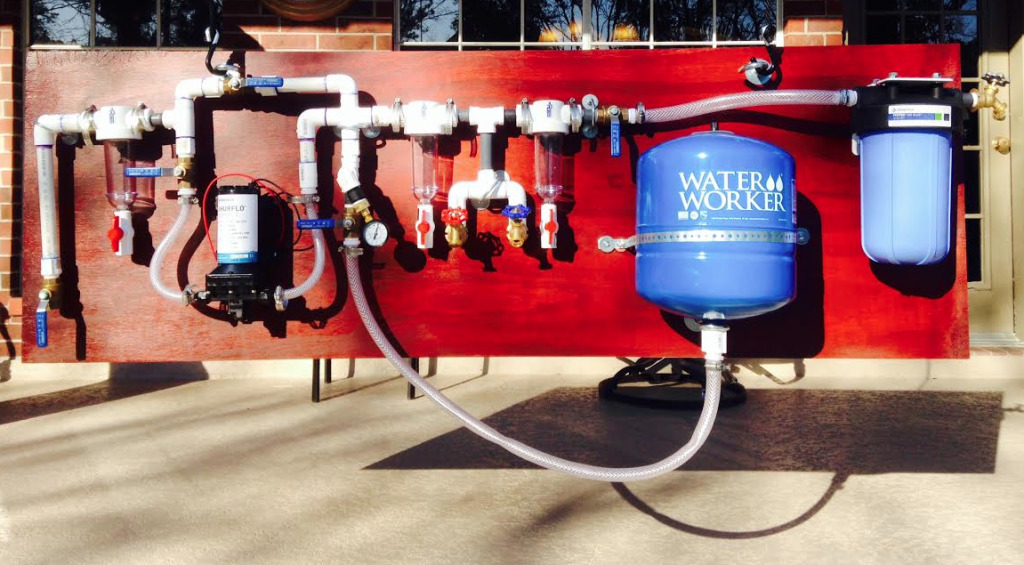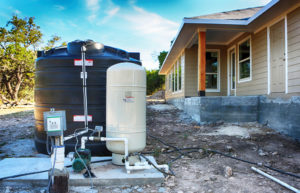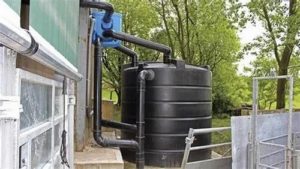Living off the grid requires careful consideration of all aspects of daily life, including wastewater management.
One effective solution is to install a grey water filtration system, which can efficiently treat and reuse household wastewater for irrigation, flushing toilets, and other non-potable purposes.
By implementing this eco-friendly technology, off grid homeowners can significantly reduce their water footprint while also saving money on water bills.
We will explore the benefits of grey water filtration systems for off grid living, discuss installation and maintenance considerations, and provide actionable tips for selecting and implementing a system that meets your needs.
Understand the basics of grey water
Grey water is the wastewater generated from sinks, showers, and washing machines, which can be reused for irrigation and flushing toilets.
This type of wastewater is often rich in nutrients and can be treated and reused in a variety of ways.
The first step in understanding the basics of grey water is to determine the sources of grey water in your home or building.
Sinks, showers, and washing machines are all common sources of grey water, and they can be connected to a grey water collection system that directs the wastewater to a storage tank or cistern.
From there, the wastewater can be treated using a variety of methods, such as filtration, sedimentation, and disinfection, to remove contaminants and pathogens.
Once treated, the grey water can be used for irrigation, flushing toilets, and other non-potable purposes.
By understanding the basics of grey water and implementing a grey water collection and treatment system, you can reduce your water consumption, save money on your water bill, and do your part to conserve this valuable resource.
Assess your needs
Determine the amount of grey water you need to treat based on the number of people in your household, your water usage, and the climate you live in.
Assessing your needs is a important step in selecting the right grey water treatment system for your home.
The amount of grey water you need to treat will depend on the number of people in your household, your water usage, and the climate you live in.
For example, if you have a large family and use a lot of water for irrigation, you will need a system that can handle a higher volume of grey water.
Similarly, if you live in a hot and dry climate, you may need a system that can produce more treated water to meet your water needs.
To determine your needs, start by tracking your water usage over a period of time.
This can help you understand how much water you use on a daily basis and identify areas where you can make adjustments to reduce your consumption.
Consider the types of appliances and fixtures in your home that produce grey water, such as showers, sinks, and washing machines.
These can all contribute to the amount of grey water you need to treat.
Once you have a sense of your needs, you can begin researching grey water treatment systems that are suitable for your household.
Look for systems that are designed to handle the volume of water you need to treat, and consider factors such as ease of installation, maintenance requirements, and cost.
By taking the time to assess your needs and select the right system, you can ensure that your grey water treatment system is effective and meets your water needs.
Choose the right filtration system
There are different types of filtration systems available, including biological, chemical, and physical systems. Biological systems use microorganisms to break down organic matter, while chemical systems use chemicals to remove contaminants. Physical systems use membranes or other physical barriers to filter out contaminants.
When it comes to choosing the right filtration system, it is important to consider the type of contaminants present in the water and the desired level of treatment.
Biological filtration systems, such as activated sludge systems, are effective for removing organic matter and suspended solids from wastewater, but may not be sufficient for removing inorganic contaminants or micropollutants.
Chemical filtration systems, such as reversible ion exchange and adsorption systems, can be effective for removing a wide range of contaminants, including inorganic compounds and micropollutants, but may require regular maintenance and regeneration.
Physical filtration systems, such as membrane filtration systems, can be effective for removing viruses, bacteria, and other microorganisms, but may require pre-treatment to remove larger particles and may have higher operational costs.
Ultimately, the choice of filtration system will depend on the specific treatment objectives, the characteristics of the water being treated, and the available technology and resources.
Consider the size of your system
A larger system may be needed to handle a higher volume of grey water, but larger systems can also be more expensive and require more space.
When selecting a grey water system, it’s important to consider the size of the system to ensure that it can effectively handle the volume of grey water your home generates.
A larger system may be needed to handle a higher volume of grey water, especially if you have a larger family or use more water-intensive appliances like dishwashers and washing machines.
However, larger systems can also be more expensive and require more space, which may not be feasible for all homes.
For example, a larger system may require a larger storage tank, which can take up more space in your yard or basement.
The more complex and larger the system, the more expensive it may be to install and maintain.
Therefore, it’s important to carefully consider the size of your system based on your home’s water usage and available space before making a decision.
By choosing the right size system, you can ensure that your grey water is properly treated and safe for reuse in your home, while also minimizing the costs and space requirements of the system.
Look for certification
Look for certification from reputable organizations such as NSF International or the Water Quality Association to ensure that your filtration system meets safety and performance standards.
When it comes to choosing a filtration system for your home or business, look for certification from reputable organizations such as NSF International or the Water Quality Association.
These organizations rigorously test and certify filtration systems to ensure they meet strict safety and performance standards.
Look for certification marks on the product or manufacturer’s website to ensure the system you choose has been independently tested and verified to remove a wide range of contaminants, including chlorine, lead, and bacteria.
Certification ensures that the system meets standards for water pressure and flow rate, and that it is safe for use in your specific application.
By choosing a certified filtration system, you can have confidence that your water is clean and safe to drink, cook, and bathe in.
Use a pre-treatment step
Pre-treatment steps such as settling tanks or primary clarifiers can help remove large solids and debris before the water enters the filtration system.
Using a pre-treatment step, such as settling tanks or primary clarifiers, can significantly enhance the efficiency and effectiveness of your filtration system.
By removing large solids and debris before the water enters the filtration system, pre-treatment helps to prevent clogging and blockages within the system, ensuring that water flows smoothly and freely.
This not only extends the life of the filtration system but also reduces the need for costly repairs and maintenance.
Pre-treatment can help to improve the quality of the water being filtered, allowing for more effective removal of impurities and contaminants.
Overall, incorporating a pre-treatment step into your filtration system can be a valuable investment for any water treatment facility.
Use a multiple-stage filtration system
Multiple-stage filtration systems can provide more comprehensive treatment and remove a wider range of contaminants.
A multiple-stage filtration system is a comprehensive water treatment solution that employs a series of filtration media to remove a wide range of contaminants from your water supply.
By using a multi-stage system, you can ensure that your water is not only free from particles and sediment, but also has lower levels of dissolved solids, bacteria, viruses, and other harmful substances.
The first stage of the system typically includes a coarse filter, such as a sediment filter, to remove larger particles and debris.
The second stage might involve a carbon filter, which can absorb dissolved chemicals and improve the taste and odor of your water.
A third stage may feature a membrane filter, which can remove even the smallest contaminants and produce water that is nearly as pure as distilled water.
By using a multiple-stage filtration system, you can have complete peace of mind when it comes to the quality of your drinking water.
Maintenance is key
Regular maintenance of your filtration system is important to ensure it operates effectively and safely. Regularly clean or replace filters, and monitor the system’s performance to make adjustments as needed.
Regular maintenance is important to ensure your filtration system operates effectively and safely.
Clean or replace filters as needed, depending on the type of filter and the contaminants it is designed to remove.
This will help maintain the system’s ability to capture particles and prevent the growth of harmful microorganisms.
Monitor the system’s performance regularly, making adjustments as needed to ensure optimal operation.
This may include checking and adjusting the system’s pressure, flow rate, and temperature.
Proper maintenance will not only extend the life of your filtration system, but also help ensure the quality of the water it produces.
By investing a small amount of time and effort into regular maintenance, you can prevent costly repairs and ensure the continued effectiveness of your filtration system.
Want More? Dive Deeper Here!
Hey there! If you’re the type who loves going down the rabbit hole of information (like we do), you’re in the right spot. We’ve pulled together some cool reads and resources that dive a bit deeper into the stuff we chat about on our site. Whether you’re just killing time or super into the topic, these picks might just be what you’re looking for. Happy reading!






